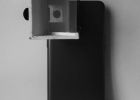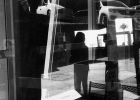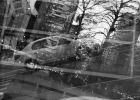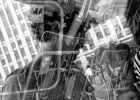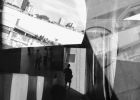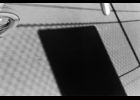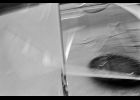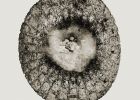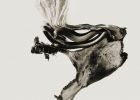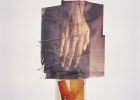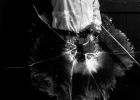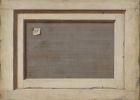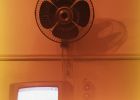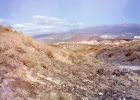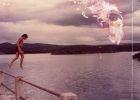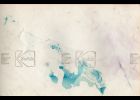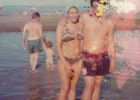Desaparelho: do protótipo ao conceito / Disapparatus: From Prototype to Concept
This phenomenological essay, based on Flusser’s philosophy, is about a photographic prototype created by the author called Disapparatus which problematizes the very gesture of photography. Technically, the Disapparatus is an optical gadget that, when coupled with a photographic apparatus, produces an overlay of three distinct images. Although initially the interaction with the Disapparatus is similar to that with a normal camera, a more serious engagement reveals a program that does not operate according to traditional photography, such as the hunting for viewpoints. The new game questions the traditional meaning of representation, object, space, and the self. And in this respect, it resembles, to a certain degree, to the classical phenomenological game itself.
Flusser et les photographes, les photographes et Flusser / Flusser and photographers, photographers and Flusser / Flusser e os fotógrafos, os fotógrafos e Flusser
The concept of experimental photography has rarely been defined, nor has it been the subject of much research in studies of contemporary photography. Vilém Flusser is one of the few writers who, in his book Towards a Philosophy of Photography, proposed a definition of experimental photography as “playing against the apparatus”, i.e. the practice of some photographers who do not abide by the rules of photography and perturb the standard operations of the apparatus by playing against the camera. Aside from this conceptual definition, Flusser himself gave few examples of this practice, principally Andreas Müller-Pohle and Joan Fontcuberta. While expanding this definition, this essay sheds light on contemporary photographers whose work can be qualified as experimental in this respect. Some deconstruct the camera, reinventing it or photographing without a lens (pinhole) or even without a camera (photograms). Some undo the image creation process, playing with time, with light, with the chemical development process or with image printing. And some redefine the author-photographer, erasing him or giving him a different role in the photographic process. Contemporary experimental photography is not a school, nor a movement, but simply a current, a moment between the decline of traditional documentary analog photography and the rise of digital photography.
Kurtis’ “Vandalised“ Photographs: On the Problem of Technical Images in Post-Documentary Photography
Walter Benjamin’s “Work of art in the age of its mechanical reproduction” and Vilém Flusser’s Filosofia da caixa preta have defined photography as a key problem towards developing a philosophy of technology. I’ll discuss their concepts in relation to experimental practices in post-documentary photography which I consider a fertile ground to discuss the similarities and differences underlying different approaches to technology in Flusser and Benjamin.
To contrast Benjamin’s mechanical reproducibility and Vilém Flusser’s technical images, I would like to analyse the processes of regaining an aura by means of a subversion of the photographic technology in contemporary photography. The creative intervention on the photographic camera, the process and results involved in Argentinean photographer Seba Kurtis’ images of contemporary migrants offer an interesting case to discuss these problems.
